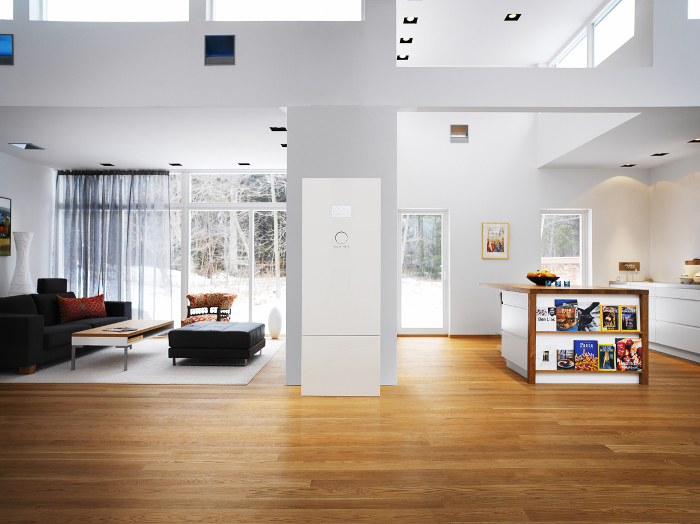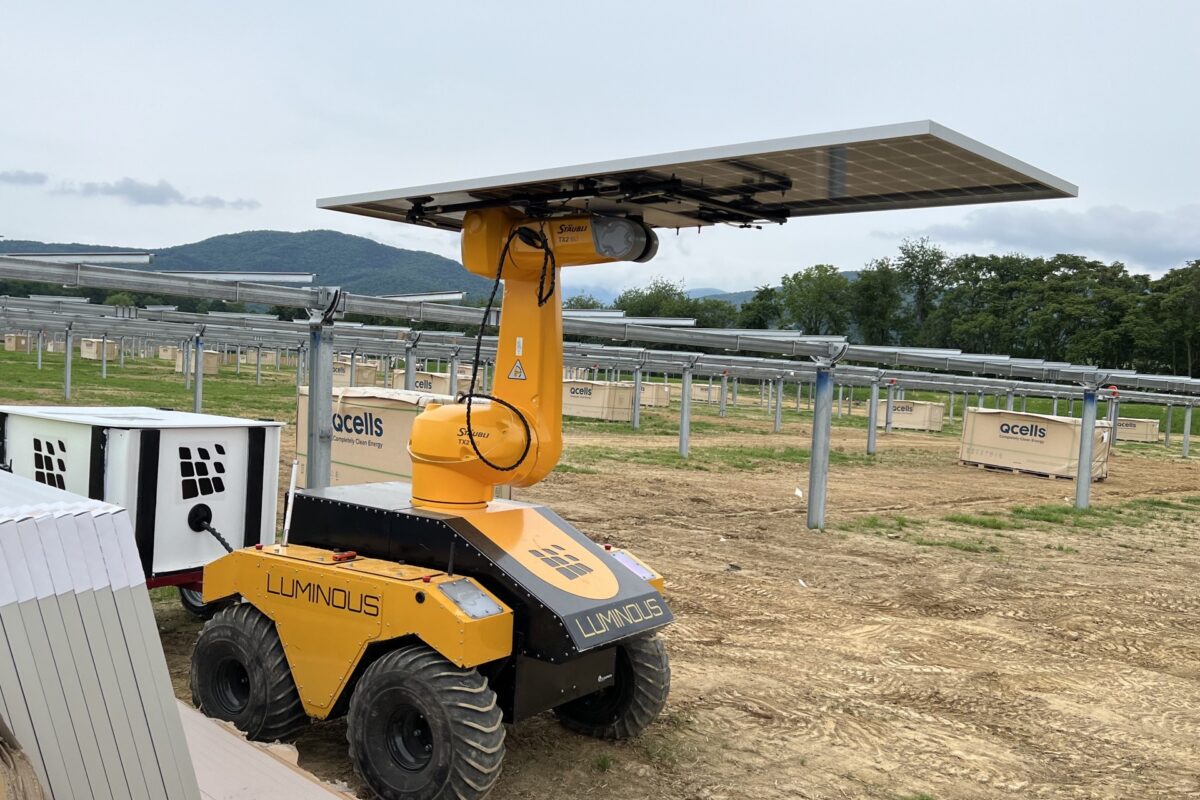While there is no doubt that there is a huge amount of interest in the Australian residential battery storage marketplace from suppliers globally. However, it has been difficult to get solid numbers for installations.
IHS Markit believes that official data, tracked by the Clean Energy Regulator, captures about 40 – 50% of the total number of systems installed. In 2016, the UK-based market analysts record around 4,500 residential storage system applications, with 2017’s near doubling representing “really strong growth.”
In particular, IHS Markit’s Senior Analyst for battery storage Julian Jansen believes some Chinese battery storage providers may be “flying under the radar”, with a good proportion of their installations going unreported.
“Similar to solar it [residential battery storage] is quite price sensitive, so that is why some of the Chinese suppliers are doing quite well,” Jensen told pv magazine Australia. “This includes SolarX, Goodwe, Alpha-Ess, who are the strong Chinese players, and BYD a little bit.”
European suppliers “are also doing quite well” says Jansen, as they have elsewhere. This includes Germany’s sonnen, and later rivals like Solarwatt. Interestingly, number two supplier to the German residential storage market E3Dc has shelved plans to launch in Australia. Jansen does note some peculiarities in the supply landscape to Australia, including Panasonic that has a presence under its own brand, and local players like Redback Technologies.
Jansen believes that some potentially inhibiting factors in the market have been resolved, such as regulations as to where storage systems can be installed in the home. He notes that some state-government driven support programs and utility programs are also helping to drive demand.
“So obviously there is the ACT supporting behind the meter – up to 36 MW in total for C&I and residential, although I would assume the majority of that will end up being residential,” says Jansen. “But overall we are just seeing a lot of positive incentives from the utility programs as well.”
In terms of revenue streams, maximising the self consumption of solar power produced on the rooftop remains the most attractive for home owners. He adds that while third-party access to the solar system, to provide ancillary services to the grid or supply peak demand, is “an interesting business model” it is still taking some time to take shape.
“I don’t know 100% where the pure value lies for the customer at the moment and how the utilities are going to take control of it,” says Jansen. “I know a lot of the trials took a lot longer to build out and to learn from them than the utilities had anticipated, particularly the very early ones such as AGL’s. I think it just takes a bit of time for the utilities to figure out how to best make use of this resource, and how much do we give the customer back for it.”
In terms of the Virtual Power Plant proposed by the South Australian government, as it runs for re-election, Jansen expresses some scepticism as to the scale and Tesla’s capacity to deliver 50,000 units, as initially announced. However, he is optimistic that growth for the market segment will remain very strong.
“The utilities are driving residential storage, customers are wanting it, the economics are beginning to look positive, so overall I think we have a really good mix of drivers going forward.”
This content is protected by copyright and may not be reused. If you want to cooperate with us and would like to reuse some of our content, please contact: editors@pv-magazine.com.









By submitting this form you agree to pv magazine using your data for the purposes of publishing your comment.
Your personal data will only be disclosed or otherwise transmitted to third parties for the purposes of spam filtering or if this is necessary for technical maintenance of the website. Any other transfer to third parties will not take place unless this is justified on the basis of applicable data protection regulations or if pv magazine is legally obliged to do so.
You may revoke this consent at any time with effect for the future, in which case your personal data will be deleted immediately. Otherwise, your data will be deleted if pv magazine has processed your request or the purpose of data storage is fulfilled.
Further information on data privacy can be found in our Data Protection Policy.